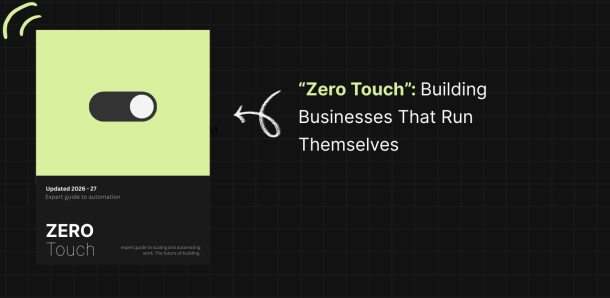Robotics | Communication
The Power of the Swarm
Perhaps the most philosophically intriguing aspect of our research involves emergent properties that exist only at the collective level.

Individual ants possess minimal intelligence, yet ant colonies solve complex optimization problems that would challenge sophisticated algorithms. Flocks of birds create stunning aerial formations without central coordination. These biological systems demonstrate that intelligence can emerge not from individual capability, but from collective interaction. Our research applies these principles to robotics—creating swarms of simple machines that achieve sophisticated outcomes through emergent collaboration.
The fundamental shift is abandoning centralized control. Instead of one intelligent coordinator directing multiple simple agents, we’re building systems where intelligence emerges from local interactions between peers. No single machine understands the full problem or dictates the solution. Yet collectively, they navigate, search, construct, and adapt in ways that transcend individual capability.
Decentralized Decision-Making Architectures
Our swarm systems operate on simple behavioral rules executed locally by each machine. A search-and-rescue swarm might follow rules like: maintain distance from neighbors, move toward unexplored areas, broadcast location when finding targets, converge when others broadcast discoveries. No machine plans the overall search pattern, yet the swarm efficiently covers terrain through emergent coordination.
The elegance lies in how complex group behaviors arise from simple individual rules. We’re exploring what minimal rule sets generate desired collective outcomes—efficient area coverage, resource transport, adaptive formation control, collaborative construction. Each robot operates with limited sensing and communication range, making decisions based purely on local information about nearby neighbors and immediate environment.
This decentralization provides remarkable resilience. Individual machines can fail, new units can join mid-mission, and the swarm adapts organically. There’s no single point of failure, no bottleneck where all information must flow. The collective intelligence is distributed across the entire system.
Emergence and Collective Consciousness
Perhaps the most philosophically intriguing aspect of our research involves emergent properties that exist only at the collective level. Individual robots don’t “know” the swarm is forming a search pattern or constructing a structure—they’re following local rules. But observers watching the full system see intentional, coordinated behavior that suggests group-level cognition.
We’re investigating whether this constitutes a form of collective consciousness. Can a swarm possess knowledge or intentions that no individual member holds? When machines collectively solve problems through distributed sensing and communication, is there a meaningful sense in which the swarm itself “thinks”?
These aren’t merely philosophical questions—they have practical implications for how we design, control, and predict swarm behavior. If intelligence truly emerges at the collective level, then traditional notions of programming and control become inadequate. We’re not coding solutions—we’re cultivating conditions where solutions can emerge.
Communication and Coordination Protocols
Our research focuses heavily on how machines share information within swarms. Unlike centralized systems with guaranteed communication infrastructure, swarm robots operate with intermittent, local-only messaging. They must coordinate without knowing what distant members are doing or even how many total machines exist in the swarm.
We’ve developed minimal communication protocols where machines broadcast simple state information—location, sensor readings, behavioral mode—that neighbors use to adjust their own actions. The challenge is balancing communication overhead against coordination benefit. Too little information exchange and the swarm fragments into isolated individuals. Too much and communication saturates limited bandwidth or creates conflicting signals.
Real-World Deployments
Current experiments involve physical robot swarms conducting search operations, environmental monitoring, and collaborative transport tasks. We’re measuring how swarm size, communication range, and rule complexity affect collective performance. Early findings suggest that surprisingly simple rules can generate remarkably sophisticated group behaviors—but only when communication protocols and behavioral parameters fall within narrow optimal ranges.
We’re also exploring hybrid approaches where human operators influence swarm behavior not through direct control, but by adjusting high-level parameters that shape emergent outcomes. Rather than commanding individual robots, operators tune the collective’s behavioral tendencies.
The future of robotics may not be smarter individual machines, but emergent intelligence arising from machine collectives working as one.
LET'S TALK
Discuss Your
Automation Needs
With Us
OUR NEWSLETTER
INDUSTRIES
Healthcare & Life Sciences
Logistics & Supply Chain
Real Estate
Professional Services
INDUSTRIES
Insurance
E-Commerce & Retail
Energy & Utilities
Government
@NEBULUM 2025. ALL RIGHTS RESERVED

